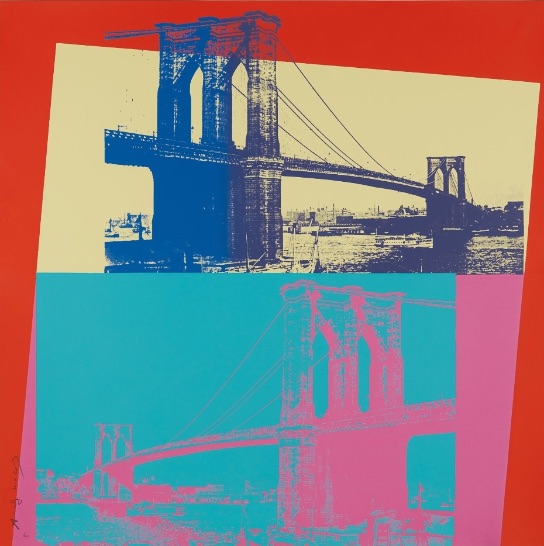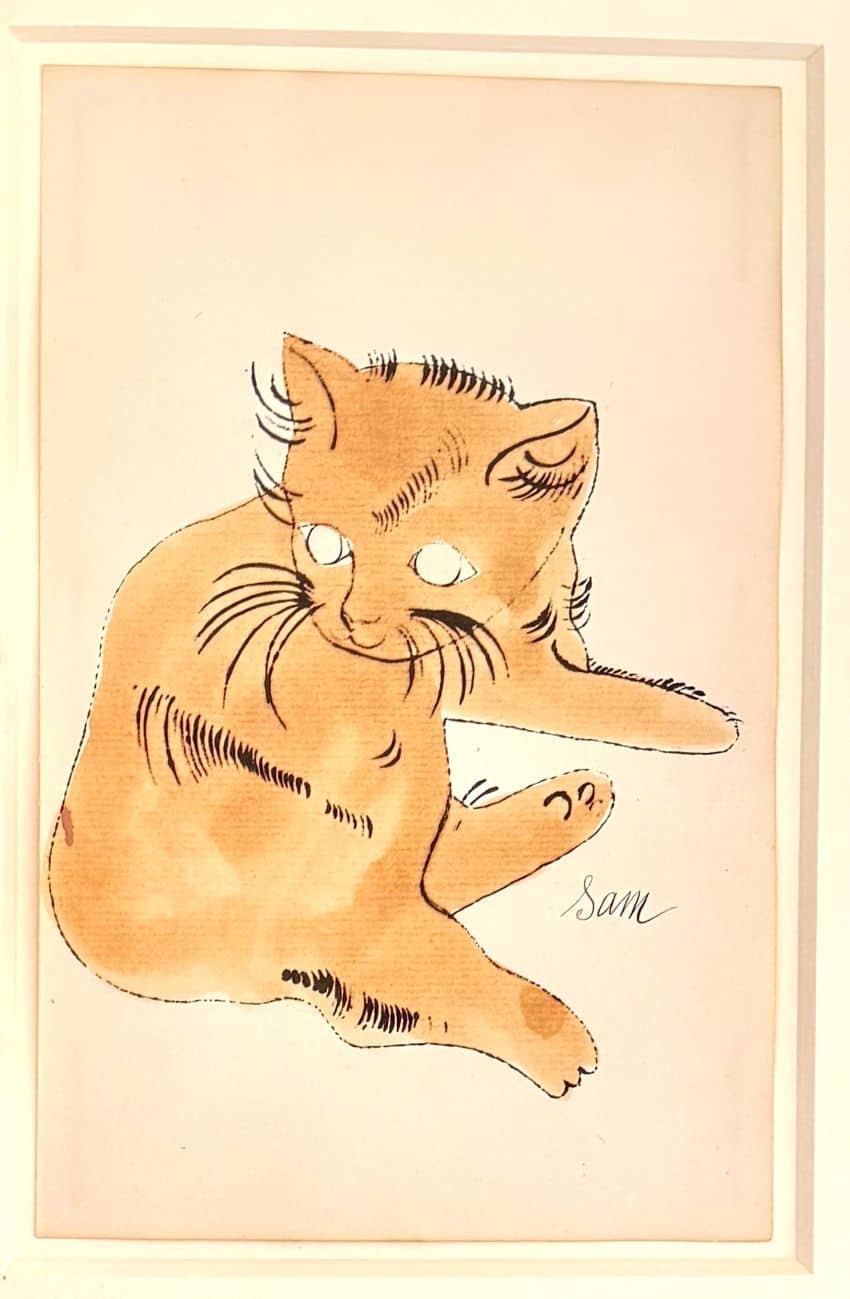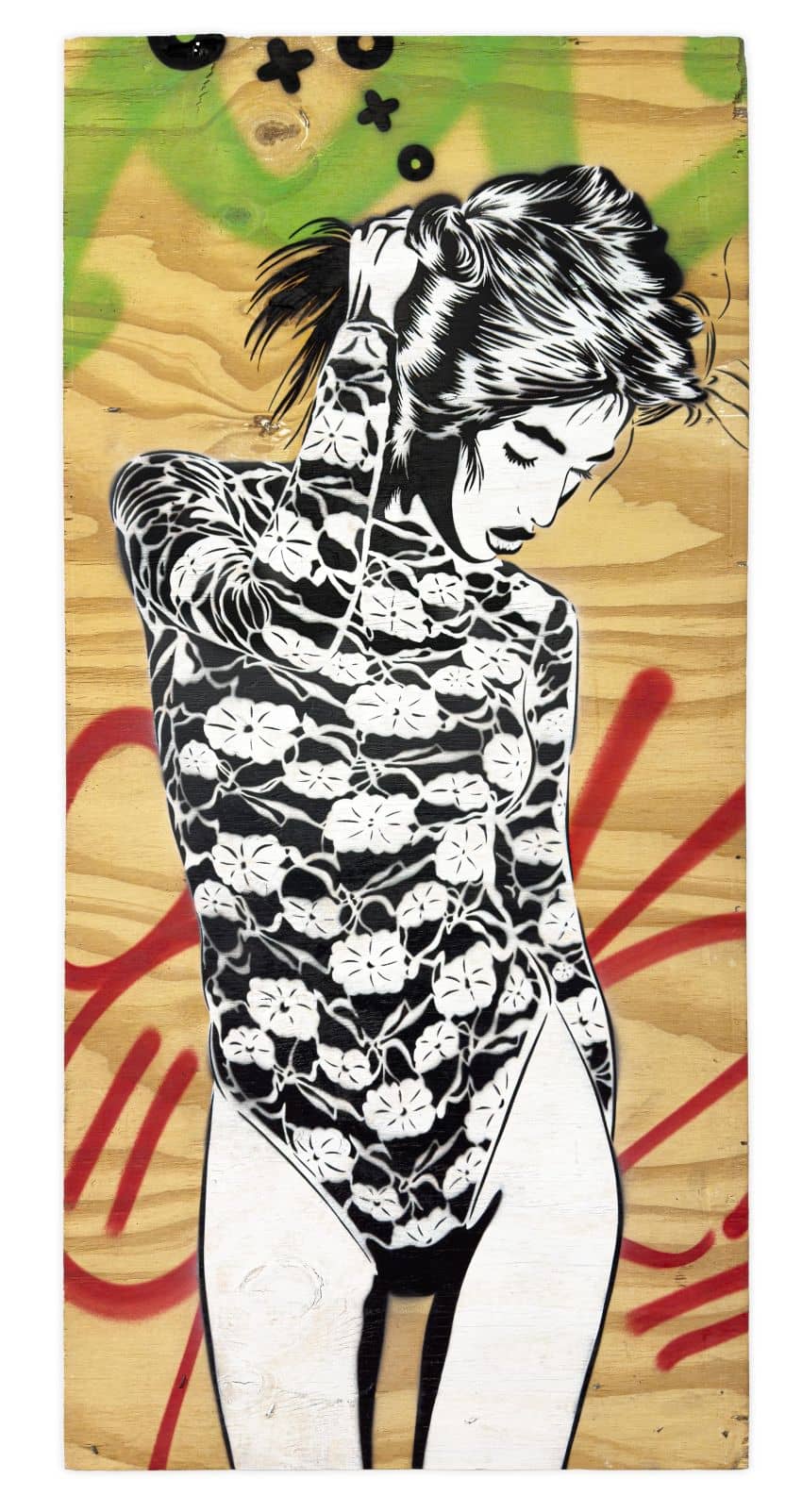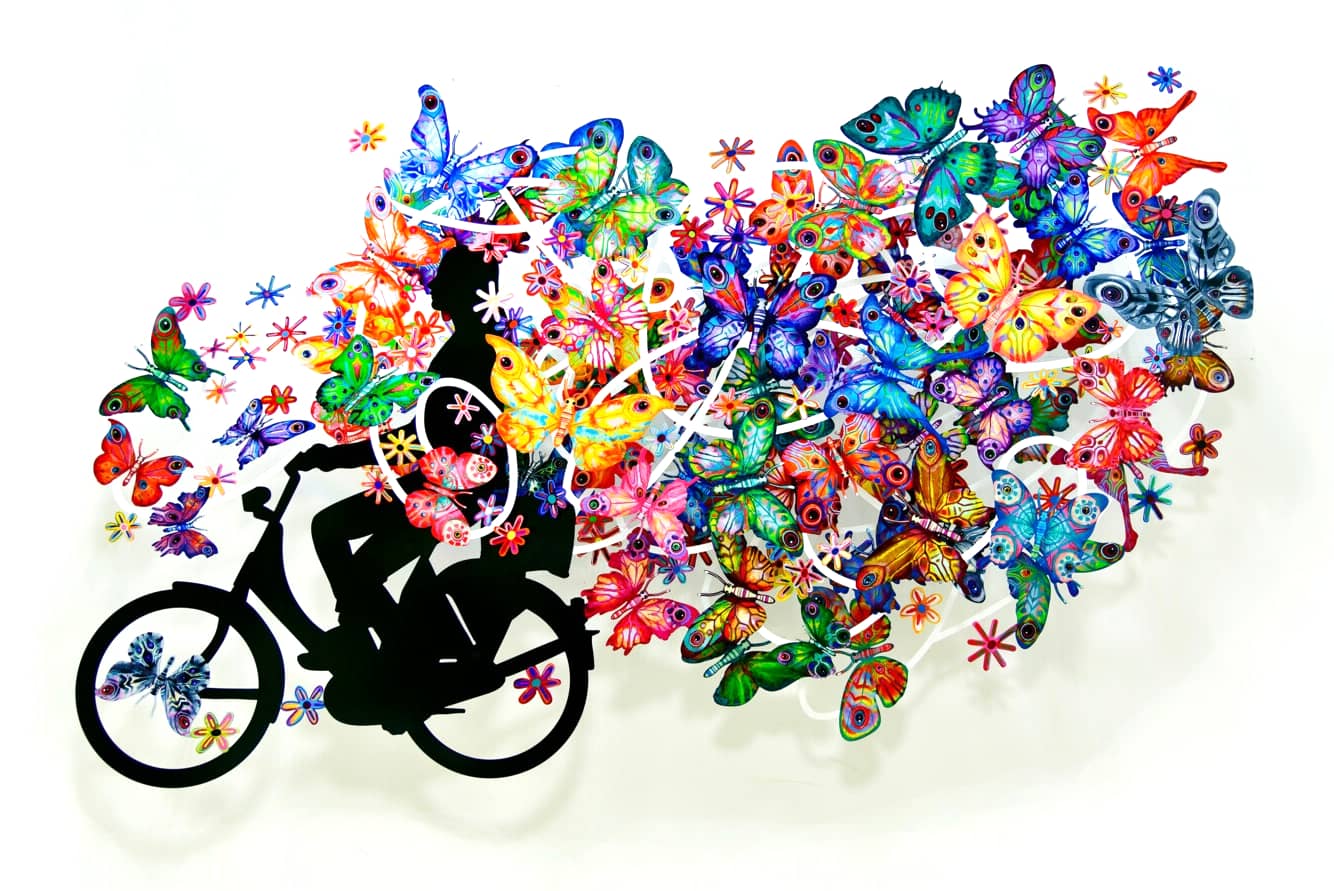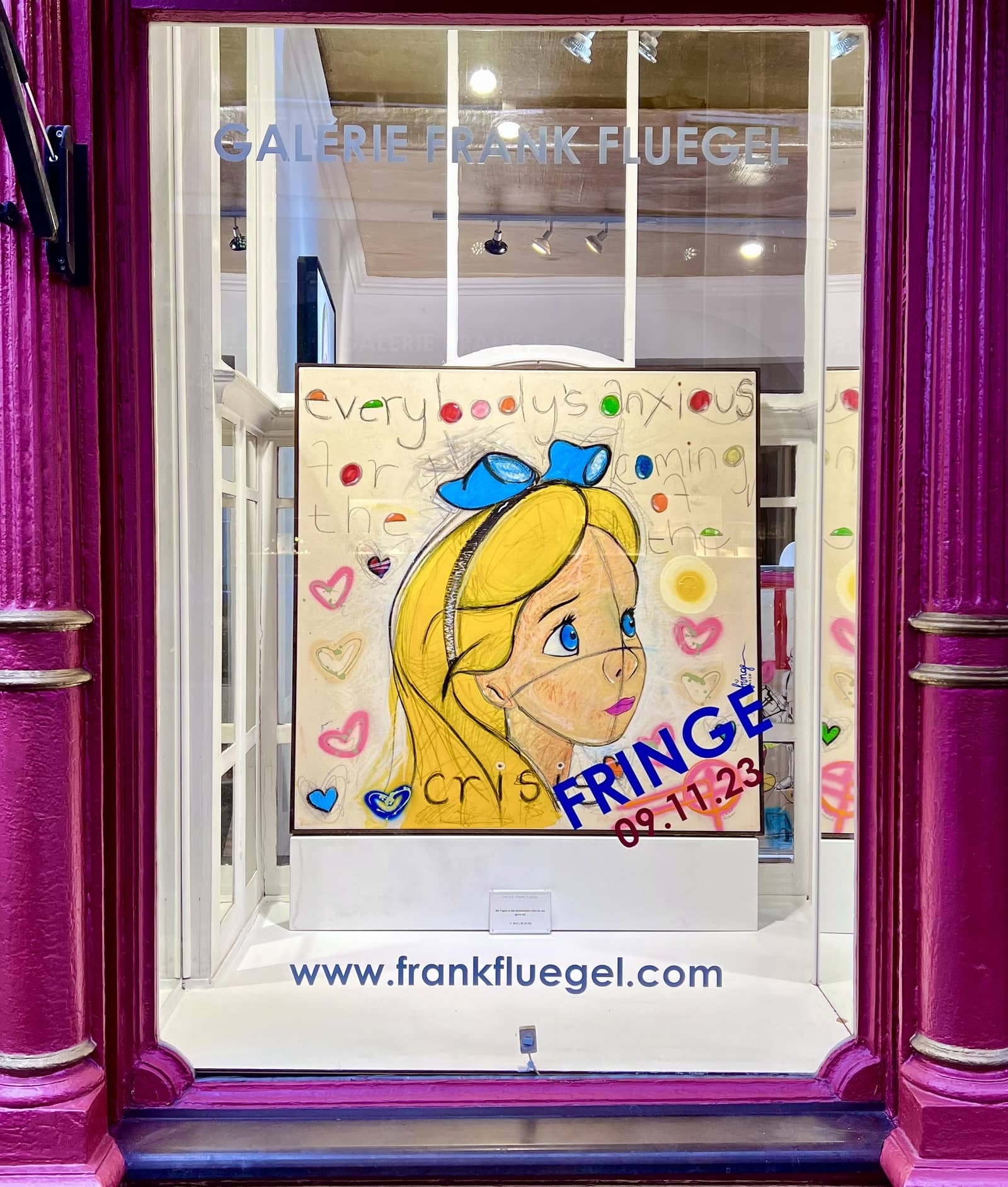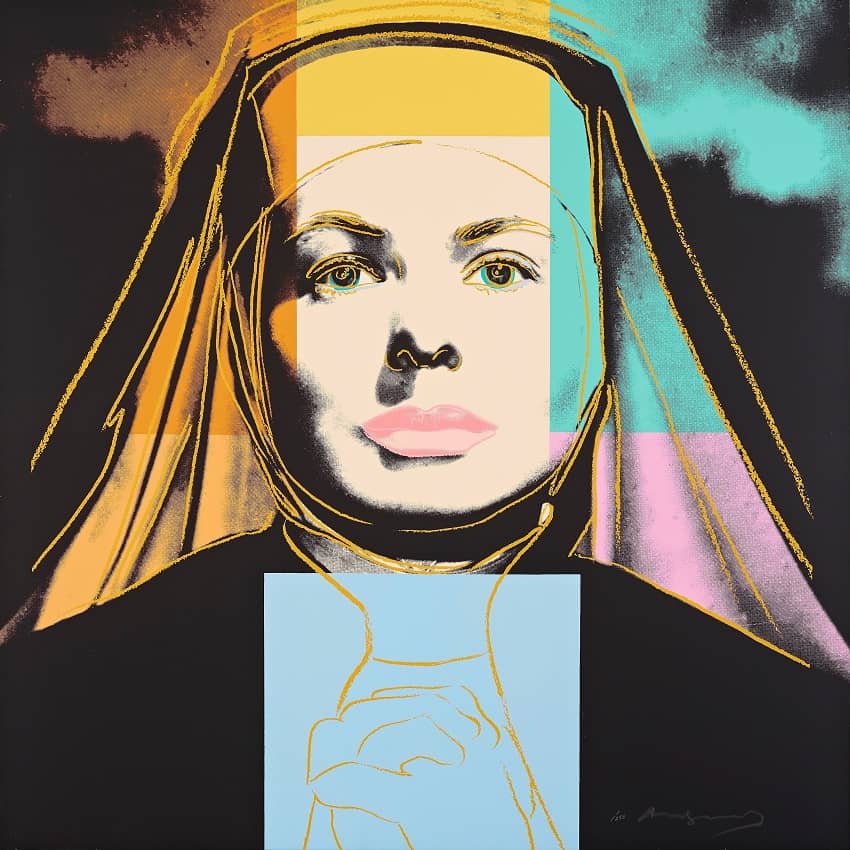


Andy Warhol Ingrid Bergman - The Nun (FS II.314) / Screenprint / numbered / edition 250
| Year: | 1983 |
| Format: | 96,52 x 96,52 cm / 37.8 x 37.8 inch |
| Material: | Lenox Museum Board. |
| Method: | Screenprint |
| Edition: | 250, 20 AP, 5 PP, 30 HC, 30 TP |
| Other: | handsigned, numbered |
Andy Warhol – Ingrid Bergman – The Nun (FS II.314)

| Year: | 1983 |
| Format: | 96,52 x 96,52 cm / 37.8 x 37.8 inch |
| Material: | Lenox Museum Board. |
| Method: | Screenprint |
| Edition: | 250, 20 AP, 5 PP, 30 HC, 30 TP |
| Other: | handsigned, numbered |
Andy Warhol - Ingrid Bergman - The Nun (FS II.314).
Ingrid Bergman, The Nun (FS II.314 ) is an artwork by Andy Warhol. The image is one of three silkscreen prints from the Ingrid Bergman Portfolio, commissioned and published in 1983 by the Swedish art gallery Galerie Börjeson in Malmö. The gallery wanted Warhol to portray and honor Bergman as one of the most important Swedish actresses to win an Academy Award. The three-part portfolio consists of portraits of Bergman titled Herself, With Hat and The Nun.
For the Ingrid Bergman prints, Warhol drew on publicity stills and images from the actress’ filmography, ultimately selecting film stills from her performances in the classic films Casablanca (1942) and The Bells of St. Mary’s (1945), as well as a publicity photograph of the actress. Each silkscreen image captures Bergman’s personality and highlights her various details and facial features. In The Nun, Bergman is depicted in a traditional nun’s habit with her eyes forward as she clasps her hands in a prayer gesture. The still is from the film The Bells of St. Mary’s, in which Bergman played a character named Sister Mary Benedict. The film was one of her most important roles and the highest-grossing film of 1945 in the United States.
The Nun, along with the other two silkscreen portraits of Ingrid Bergman, is an example of Warhol’s abstract portrait style that emerged in the 1980s. During this period, Warhol began to illustrate the details of his sitters by tracing the outlines of facial features, hair, clothing, and body parts, thus highlighting the figures in his work. Parallel to this style, Warhol also began to fill the backgrounds of his portraits with large geometric blocks and to design them in eye-catching colors. Other examples of this style include Mick Jagger and Reigning Queens.
This new abstract style can be found in The Nun as well as Ingrid Bergman, Herself. Warhol traces Bergman’s details through subtle yellow lines that outline her figure. The lines emphasize her features and figure, outline her eyes and nose, and coincide with her bright pink lips. The yellow lines also form an illustrated shape of her hands folded in prayer, as well as details of her clothing and veil. The geometric blocks of the portrait overlap with Bergman’s figure, with blocks of orange, yellow, cyan, pink, and light blue standing out against the black shadows of Bergman’s figure and the background.
The portrait is one of many works that express Warhol’s fascination with celebrity culture and the idolization of public figures, and is therefore a perfect fit for FRANK FLUEGEL GALERIE’s portfolio. The Nun and other prints from the Ingrid Bergman portfolio coincide with many of Warhol’s other works on prominent figures such as Marilyn Monroe, Elvis Presley, Jackie Kennedy, and Liz Taylor. Warhol’s penchant for creating celebrity portraits reflects widespread consumer interest in the private lives of famous people and the power and immortality of their images. Ingrid Bergman, The Nun FS II.314 is a classic Warhol print that features the artist’s trademark 1980s style and subject matter.
Ingrid Bergman, born on August 29, 1915, in Stockholm, Sweden, was a remarkable actress whose talent and beauty captivated audiences around the world. She is regarded as one of the greatest actresses of classic Hollywood cinema.
Bergman’s love for acting was evident from a young age. After completing her studies at the Royal Dramatic Theatre School in Stockholm, she made her professional stage debut in 1932. Her early performances garnered attention and soon led to roles in Swedish films.
In 1939, Ingrid Bergman caught the eye of Hollywood talent scouts, and her journey to international stardom began. She made her American film debut in “Intermezzo: A Love Story” (1939) and instantly captivated audiences with her natural talent and radiant presence. Her performances were marked by a rare authenticity and emotional depth that set her apart from her contemporaries.
Throughout her career, Ingrid Bergman delivered outstanding performances in numerous films, including “Casablanca” (1942), for which she received her first Academy Award nomination. She went on to win three Academy Awards, earning the prestigious honor for her roles in “Gaslight” (1944), “Anastasia” (1956), and “Murder on the Orient Express” (1974).
Bergman’s dedication to her craft and her willingness to take on challenging roles showcased her versatility as an actress. She seamlessly transitioned between different genres, excelling in both dramatic and comedic roles. Her collaborations with renowned directors such as Alfred Hitchcock and Ingmar Bergman further cemented her status as a cinematic legend.
Ingrid Bergman’s personal life often made headlines as well. Her romantic relationships and marriages, including her controversial affair with Italian director Roberto Rossellini, sparked public debate and temporarily affected her career. However, she persevered, earning respect and admiration for her talent and professionalism.
Beyond her on-screen achievements, Bergman was also known for her humanitarian work. She supported various causes, including UNICEF, and served as a Goodwill Ambassador for the organization, traveling extensively to visit impoverished communities and raise awareness about children’s rights.
Tragically, Ingrid Bergman’s life was cut short by cancer, and she passed away on August 29, 1982, her 67th birthday. Nevertheless, her legacy endures, and she continues to be celebrated as an icon of grace, talent, and resilience. Ingrid Bergman’s contributions to the world of cinema and her enduring impact on audiences worldwide solidify her place among the greatest actresses of all time.
Literature:
– Feldman, Frayda/Schellmann, Joerg: Andy Warhol Prints – A Catalogue Raisonné 1962-1987, Milan 2003, WVZ.-Nr. II.314.



Year: 1983
Format: 96,52 x 96,52 cm / 37.8 x 37.8 inch
Material:Lenox Museum Board.
Method:Screenprint
Edition:250, 20 AP, 5 PP, 30 HC, 30 TP
Other:handsigned, numbered


